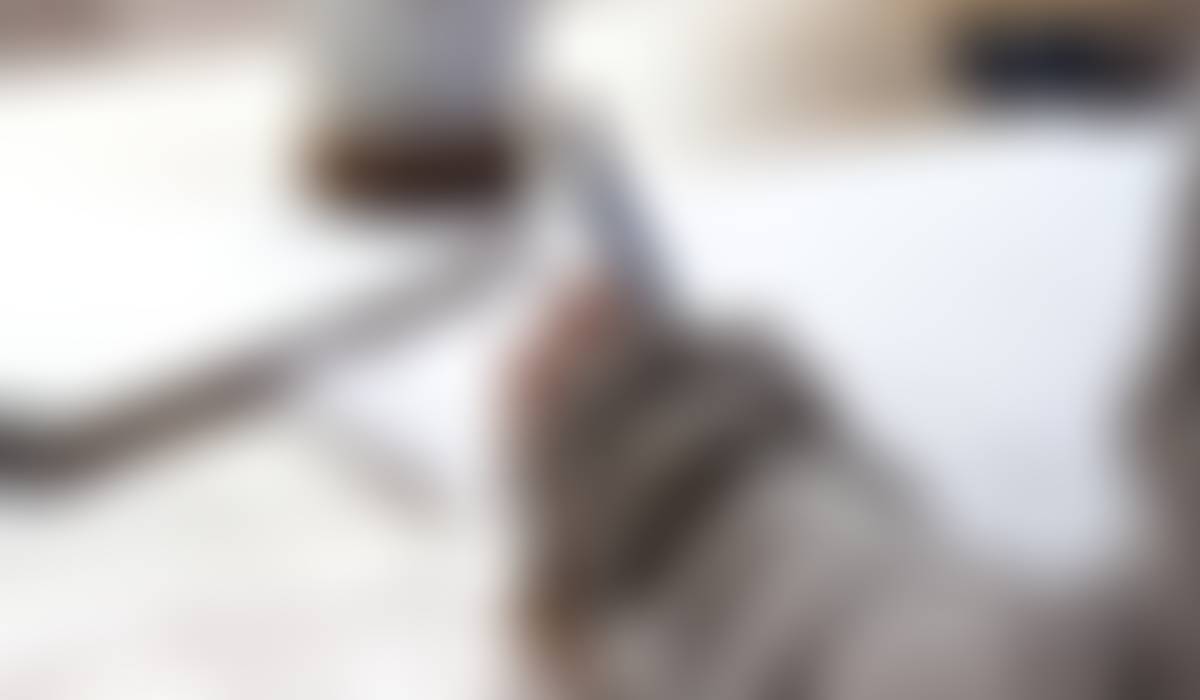

NEGLEY GT
Serving Gifted Students since 2006
Fall 2024 Edition
Negley Gifted and Talented Program
https://www.edglossary.org/differentiation/
GT students also have the opportunity to do higher level/interest projects during daily WIN time. We believe that our students need to know the TEKS first. When it is clear the student knows the expected standards, that is when the student can be challenged to take the subject to a deeper level. We want DEEP roots, not surface level roots. DEEP roots will anchor our GT students for their future classwork.
Hays G/T website
Negley GT Liason- Stephanie Estes
GT EXTENSION ACTIVITIES
3rd grade working hard!
We started this semester with a thinkLaw lesson. Students "analyzed the Flint water crisis, examined the timeline of the Flint Water crisis and considered how they would handle the crisis. Students also considered the impact of the tainted water and how it affected different areas of life."
Students also worked on a utopian school project. During the planning process, students had to define a utopia, come up with a school name and mission statement, and determine school policies and procedures. They also had to create a schedule and figure out what activities and curriculum their school would have. They also had to look at what requirements teachers and administrators would need to be able to work at the school, how they would assess students, and how to involve families. The project culminated with students designing the layout of their utopian school.
Students also worked on a states of matter choice board where they could demonstrate their knowledge in various ways. Some of these options included: writing a children's book, creating a digital presentation, creating a Google site, and designing and creating their own model about the states of matter. Students also used depth and complexity icons (details) to look further at the physical properties of a chosen object.
Coming up from Texas Performance Standards Project: "Third grade students will research endangered species that are currently living today. Students will identify the root causes of why these species are endangered and will develop an action plan for saving them. They will enhance this plan by creating a meme (i.e., an image, video, or piece of text) that will encourage others to support their cause."
2nd Grade
Pena:
The GT students have had a lot of fun researching what it means to be a great citizen and they chose one great citizen to research. The have been working hard to come up with a presentation about what they have learned about that person. They have been using Canva to create a presentation to share what they learned. They are super excited to next research a National Landmark and create something about what they learned about it.
Chaparro:
For our GT projects, we started off with researching historical figures who represented super citizens. We talked about super citizens in Social Studies and read about them in ELAR.
For our GT projects, they started off by learning how to research their historical figures and writing down all the important pieces of information that showed how they were a super citizen. They then wrote about it, revised and edited it. After they were finished, they picked how they wanted to present their super citizen. They picked writing and illustrating books and another chose to present it through Google Slides and present it as a newscaster.
Their next project will be of animal biomes and they will be creating a 3D animal habitat.
4th grade
White/Cauble:
Students in Mr. White's class constructed Harry Potter circuit wands during the first nine weeks of the school year. Students used copper tape as conductors, a CR2032 battery, 3 large craft sticks, electrical tape, tempera paint, and a bulb with a color of their choice. For their second nine-week project, students will begin a bridge project where they will be tasked with building a truss bridge with 80 or less small craft sticks. When finished, their bridge must span over 30cm in length and hold two 5 pound bricks. Students will learn the importance of triangulation for strength of construction and learn about six types of bridges. Students also work off of a GT playlist that they use for personal choice projects when they are not working on a major in-class project.
Students in Mrs. Cauble's class: Our initial project was centered around the world of poetry, encompassing a diverse range of thirteen distinct poetic forms, from haikus to two-voice poems. Upon completing our study of the different poetic styles, it was time to create! Students then crafted seven original poems that reflected their individual voices and unique perspectives. Their creations were then displayed as part of a google slideshow. All of the projects look amazing!
Segovia/Stromer 4th Grade Enrichment:
Poetry Project:
In this engaging poetry project, students embarked on a creative journey to explore various poetic forms and styles. Over several weeks, they learned about the characteristics and techniques of different types of poetry, including alliteration, haikus, bio poems, acrostics, and limericks. They created presentations and performed readings, highlighting the unique features of the poems they selected. The presentations not only demonstrated their understanding of poetic forms but also added an element of creativity with the use of visuals to enhance their poetry creations.
Harry Potter Wands:
In this imaginative project, students combined art, engineering, and creative writing by crafting their own Harry Potter-inspired wands. Using popsicle sticks, a battery, and copper tape, they designed unique wands that incorporated simple circuits to light up colored LED lights. Alongside the hands-on crafting, students engaged in a creative writing component where they developed stories about their wands. They described the wand’s origin, its magical properties, and the character it belonged to, weaving narratives that enhanced their understanding of storytelling.
5th grade
So far this year in 5th grade we have been working super hard and having even more fun.
We solved and then created our very own hidden meaning. This is a play on words, kind of like a riddle.
We have studied the history of windmills and the science of wind energy. Concluding by building our very own recycled windmills and then tested them to see if they not only spun but could produce work.
We studied the history of the Macy's Thanksgiving Parade and then created our very own floats. We will be using these floats to recreate and record our very own version of the Macy's Thanksgiving Parade.
Students will be attaching all digital work that we do in class to their digital portfolio so that you can see that at home as well.
Hidden Meaning example below: It means double trouble
First Grade
In First Grade GT, students have worked collaboratively and independently on short-term activities that strengthen critical thinking, problem solving, reading, and writing! In Math, they solved some model addition word problems using different advanced strategies. Then they each created their own problem that was similar to the model problems. Finally they solved each other’s problems! They have also solved challenging 100 chart riddles and puzzles!
In Reading they have worked on writing activities from a choiceboard to enhance their comprehension of Creepy Carrots and the other books by Aaron Reynolds.In Science, they have done differentiated weather journals, and worked together to research a type of spider that they chose. Currently they are deciding how to present their findings to the class. All of these activities will be the springboard for our second semester projects. Students will be conducting research and gathering information from different sources, and then organizing and presenting that information in a way that they choose! Students are excited to share their projects on Showcase Night in May.
Parent Resources
There are so many resources these days for parents! Here are a few to get you started. The newest additions will be in bold at the top of each category.
Parenting Gifted Children 101: Tracy Ford Inman & Jana Kirchner
A Parent's Guide to Gifted Children - James T Webb
The Survival Guide for Parents of Gifted Kids: How to Understand, Live With, and Stick Up for Your Gifted Child - Sally Walker, PhD
Websites:
National Association for Gifted Children
Texas Association for the Gifted and Talented
Hoagies Gifted Education Page
https://www.hoagiesgifted.org/
Pod Casts:
https://educationaladvancement.org/grc/gifted-education-podcast/
Family Confidential: Guiding Gifted Kids
Terms you need to know!
Buzzword - Levels of giftedness -
• Bright - 115 and above •
Gifted - 130 and above •
Highly gifted - 145 and above •
Exceptionally gifted -160 and above •
Profoundly gifted - 175 and above
Buzzwords we have previously discussed
Depth and Complexity
Asyncronus Development
Ability Grouping
Compacting
Differentiation
Authentic Assessment
Overexcitability
Twice Exceptional
What is Gifted and Talented?
“Gifted and Talented student” means a child or youth who performs at or shows the potential for performing at a remarkably high level of accomplishment when compared to others of the same age, experience or environment and who:
- exhibits high-performance capability in an intellectual, creative or artistic area;
- possesses an unusual capacity for leadership; or
- excels in a specific academic field.
- Texas Education Code
This definition is now codified in The Texas State Plan for the Education of Gifted/Talented Students (Texas Education Agency, 2009), it is the basis for identification and services that must be provided for gifted and talented students in Texas.
“Gifted individuals are those who demonstrate outstanding levels of aptitude (defined as an exceptional ability to reason and learn) or competence (documented performance or achievement in top 10% or rarer) in one or more domains. Domains include any structured area of activity with its own symbol system (e.g., mathematics, music, language) and/or set of sensorimotor skills (e.g., painting, dance, sports).”
- National Association for Gifted Children (NAGC)
"The term ‘gifted and talented,” when used with respect to students, children, or youth, means students, children, or youth who give evidence of high achievement capability in such areas as intellectual, creative, artistic, or leadership capacity, or in specific academic fields, and who need services or activities not ordinarily provided by the school in order to fully develop those capabilities."
- Federal Definition
Questions/Concerns about GT at Negley?
General: Ms. Crowther or Ms. Estes
Testing: Dr. Cervantes, Ms. Taylor
District: Tish Cawley




































